Regulatory Frameworks
The regulatory landscape surrounding the Autonomous Driverless Cars Market is evolving, with governments worldwide recognizing the need for clear guidelines. As autonomous vehicles become more prevalent, regulatory bodies are establishing frameworks to ensure safety and compliance. For example, several countries have begun to implement pilot programs and testing regulations that facilitate the deployment of autonomous vehicles on public roads. This regulatory evolution is crucial, as it provides a structured environment for manufacturers and developers. The establishment of safety standards and liability laws is expected to bolster consumer confidence, potentially leading to a market growth rate of 20% annually over the next five years. Thus, the regulatory frameworks play a pivotal role in shaping the future of the Autonomous Driverless Cars Market.
Consumer Demand for Safety
Consumer demand for enhanced safety features is a significant driver in the Autonomous Driverless Cars Market. As road safety remains a pressing concern, autonomous vehicles are perceived as a solution to reduce accidents caused by human error. Data indicates that approximately 94% of traffic accidents are attributed to human mistakes, underscoring the potential of autonomous technology to mitigate these risks. The introduction of advanced safety systems, such as automatic emergency braking and lane-keeping assistance, is likely to attract consumers seeking safer transportation options. This growing emphasis on safety is expected to propel the market forward, with projections suggesting that the Autonomous Driverless Cars Market could see a compound annual growth rate of 15% over the next decade.
Sustainability Initiatives
Sustainability initiatives are increasingly influencing the Autonomous Driverless Cars Market, as consumers and governments alike prioritize eco-friendly transportation solutions. The shift towards electric and hybrid autonomous vehicles is gaining momentum, driven by the need to reduce carbon emissions and combat climate change. Recent studies suggest that the adoption of electric autonomous vehicles could lead to a 30% reduction in greenhouse gas emissions from the transportation sector by 2030. This focus on sustainability not only aligns with global environmental goals but also appeals to a growing segment of environmentally conscious consumers. As manufacturers invest in greener technologies, the Autonomous Driverless Cars Market is likely to benefit from increased demand for sustainable transportation options.
Technological Advancements
The Autonomous Driverless Cars Market is experiencing rapid technological advancements that are reshaping the landscape of transportation. Innovations in artificial intelligence, machine learning, and sensor technologies are enhancing the capabilities of autonomous vehicles. For instance, the integration of LiDAR and computer vision systems allows for improved navigation and obstacle detection. According to recent data, the market for autonomous vehicle technology is projected to reach USD 60 billion by 2030, indicating a robust growth trajectory. These advancements not only improve safety but also enhance user experience, making autonomous vehicles more appealing to consumers. As technology continues to evolve, the Autonomous Driverless Cars Market is likely to witness increased investment and development, further driving its expansion.
Urbanization and Mobility Solutions
Urbanization is a key factor driving the Autonomous Driverless Cars Market, as cities around the world grapple with increasing population density and traffic congestion. The rise of smart cities and the need for efficient mobility solutions are prompting the exploration of autonomous vehicles as a viable alternative to traditional transportation methods. Data indicates that urban populations are expected to reach 68% by 2050, creating a pressing need for innovative solutions to address mobility challenges. Autonomous vehicles offer the potential to optimize traffic flow and reduce congestion, making them an attractive option for urban planners. As cities invest in infrastructure to support autonomous technology, the Autonomous Driverless Cars Market is poised for substantial growth in response to these urbanization trends.


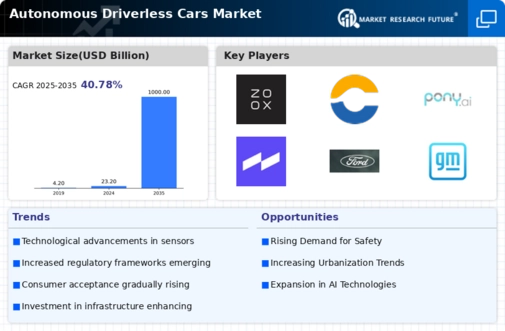
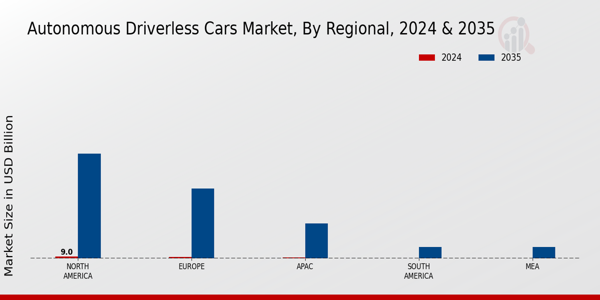

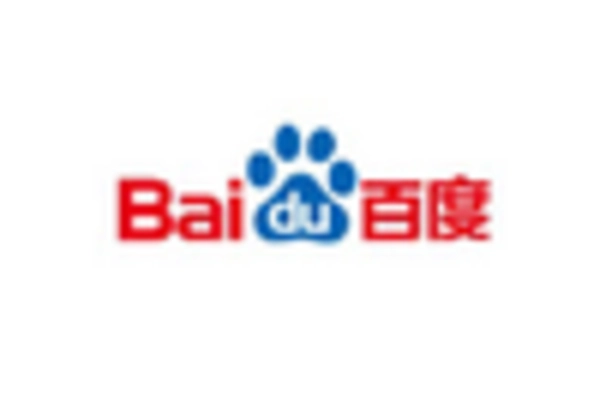

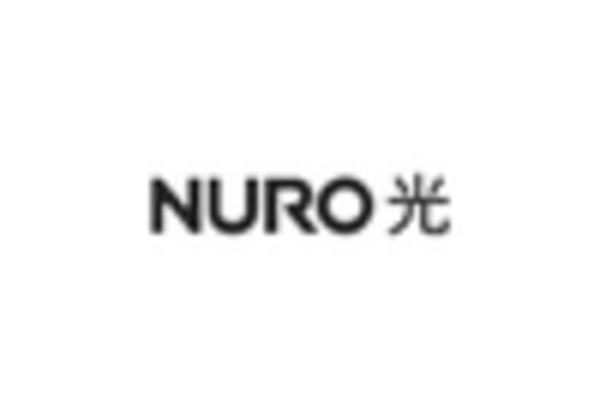
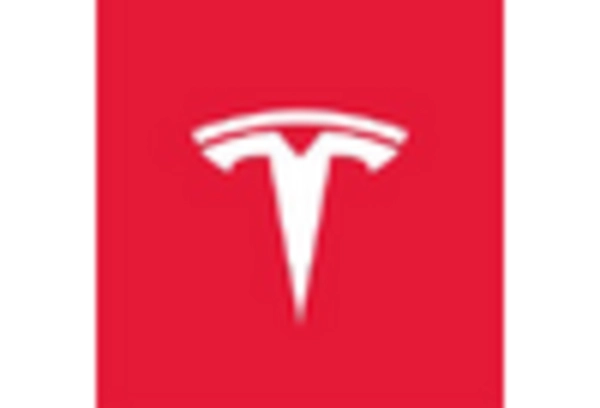
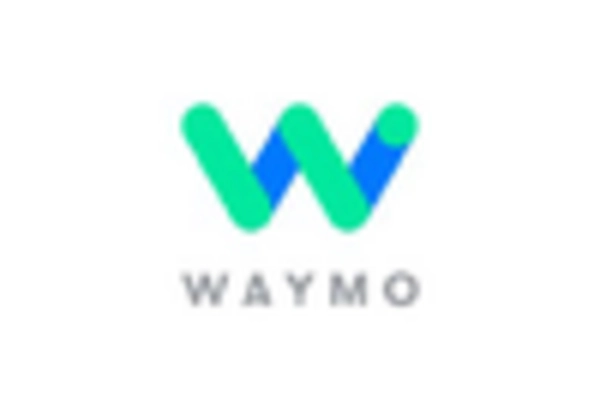








Leave a Comment